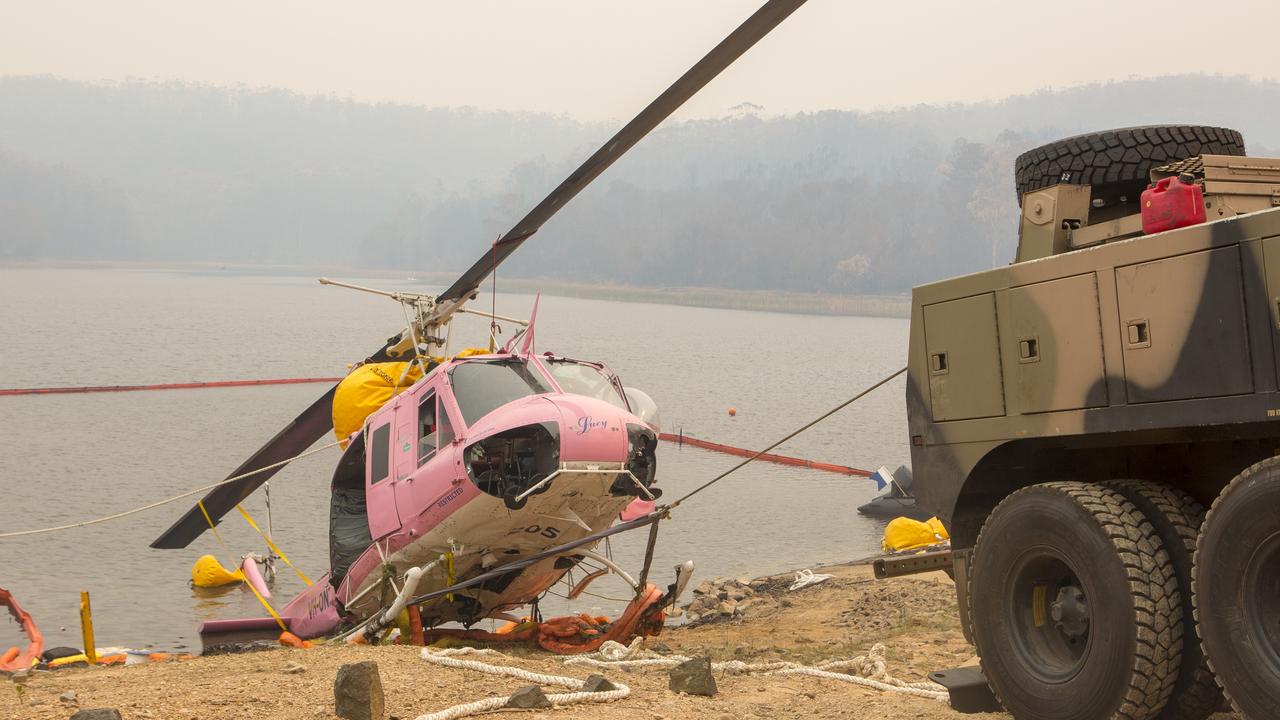Flashback: Fears the ARL would axe the Gold Coast Chargers at the end of the 1998 season
AFTER struggling on and off the field, the bosses of Australia’s national rugby league competition found the Gold Coast’s team in their crosshairs.
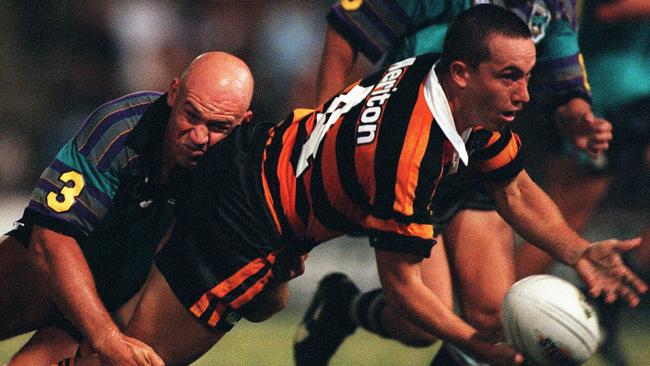
Gold Coast
Don't miss out on the headlines from Gold Coast. Followed categories will be added to My News.
THE Gold Coast Titans go into this weekend’s match against the Sydney Roosters with something to prove.
Fresh from their 34-nil thumping by the Brisbane Broncos last weekend, our local side is hoping to restore some faith after failing to fire in recent games.
But the 11th on the ladder team faces a tough fight against the southern team, which is currently sitting at No. 5
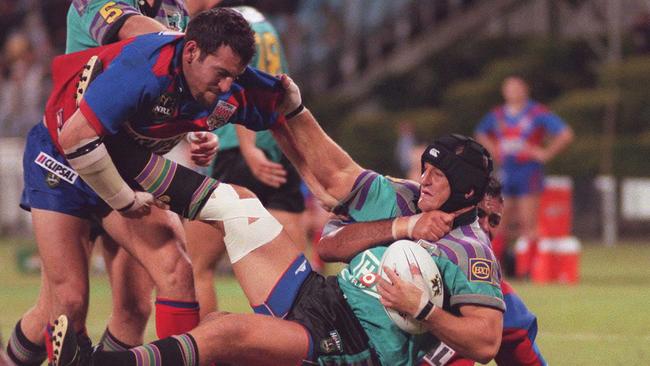
The fallout from last week’s tough game came 20 years after the Gold Coast’s previous national league team faced the axed after years of poor performances.
It was July 1998 and the NRL began to push ahead with its plans to slash the number of clubs from 20 to 14.
In the firing line were some of those which had remained loyal to the former Australian Rugby League (ARL) competition during the mid-late 1990s Super League war.
That month, some f the ARL club bosses believed all former Super League clubs outside Sydney would survive rationalisation, while the ARL-backed Gold Coast Chargers would be axed.
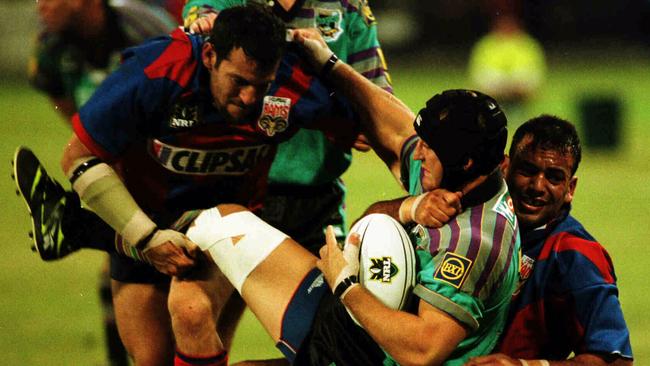
Chairmen from the 11 ARL clubs met in Sydney to discuss, among other things, the criteria for inclusion in the streamlined competition planned for the 2000 season, which was scheduled to begin early to accommodate the Olympics.
They expressed their concern about possible radical changes to be made to the criteria for remaining in the NRL.
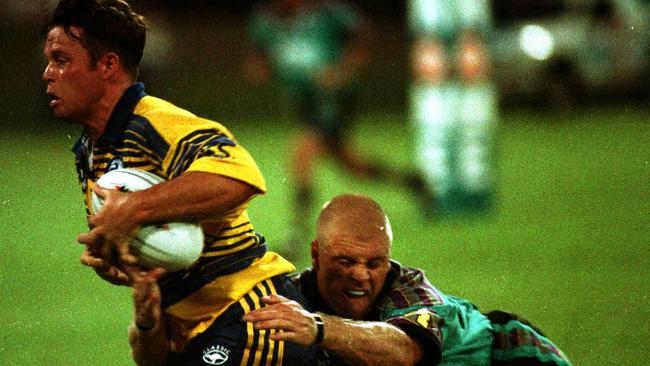
Three clubs had already exited the national scene following the 1997 seasons — the Western Reds, the South Queensland Crushers and the Hunter Mariners while one new side had joined — The Melbourne Storm.
But NRL chief executive Neil Whittaker said the substance of the criteria would stay the same even if there were changes.
“We certainly want the criteria to be a lot more robust than a snapshot of 1998,” Mr Whittaker said.
“But whatever happens it (the criteria) will be substantially the same document as the draft criteria (released earlier this year).’’
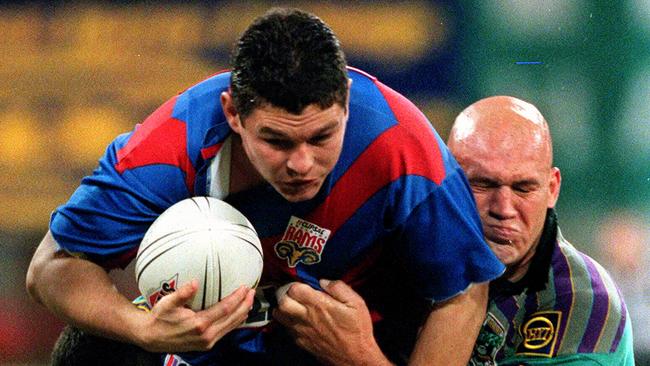
The Gold Coast team, which had undergone radical changes since being founded just a decade earlier as the Gold Coast Tweed Giants.
Club bosses moved to further discussions with successful Brisbane club Easts about a possible merger.
“Things are still alive in that area,” Gold Coast chairman Tom Bellew said before a meeting of the Chargers board in late July 1998.
“It looks as if the Illawarra-St George merger will become a reality.
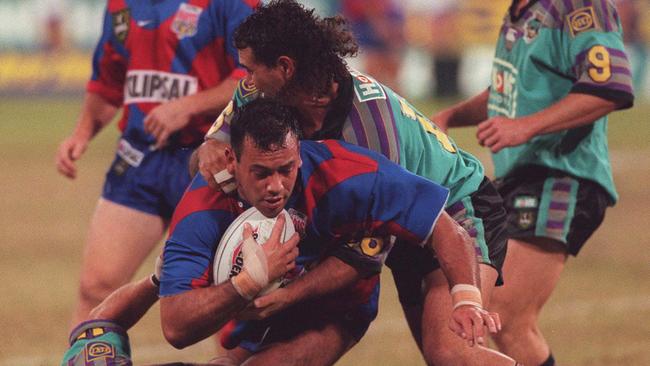
“But we are not going to make any commitments at this stage because we believe we meet the criteria to stand alone.’’
The Coast club was struggling to sign good talent after so many poor seasons and losing many major players at the end of 1997.
With few wins on the board, the Chargers were equal last on the ladder but managed to just avoid the wooden spoon, which went to the Adelaide Rams.
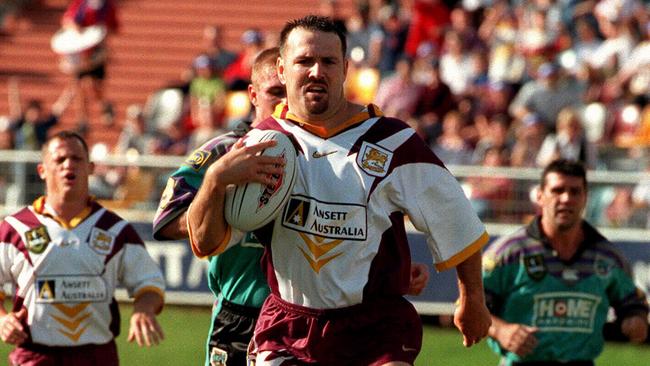
This was despite only scoring 54 tries across the entire season.
At the end of the 1998 seasons, the Gold Coast and Adelaide teams were axed, while the St George Dragons merged with the Illawarra Steelers.
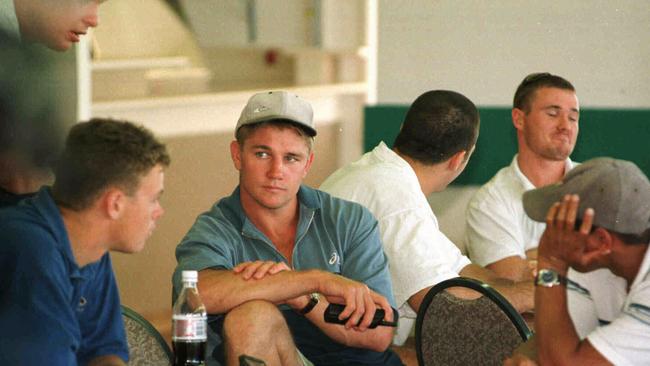
Following the 1999 season the Balmain Tigers and Western Suburbs Magpies merged to form the Western Tigers while the North Eagles debuted, a merger of Manly-Warringah and the North Sydney Bears.
South Sydney Rabbitohs were also axed from the NRL but were returned to the competition in 2002.

